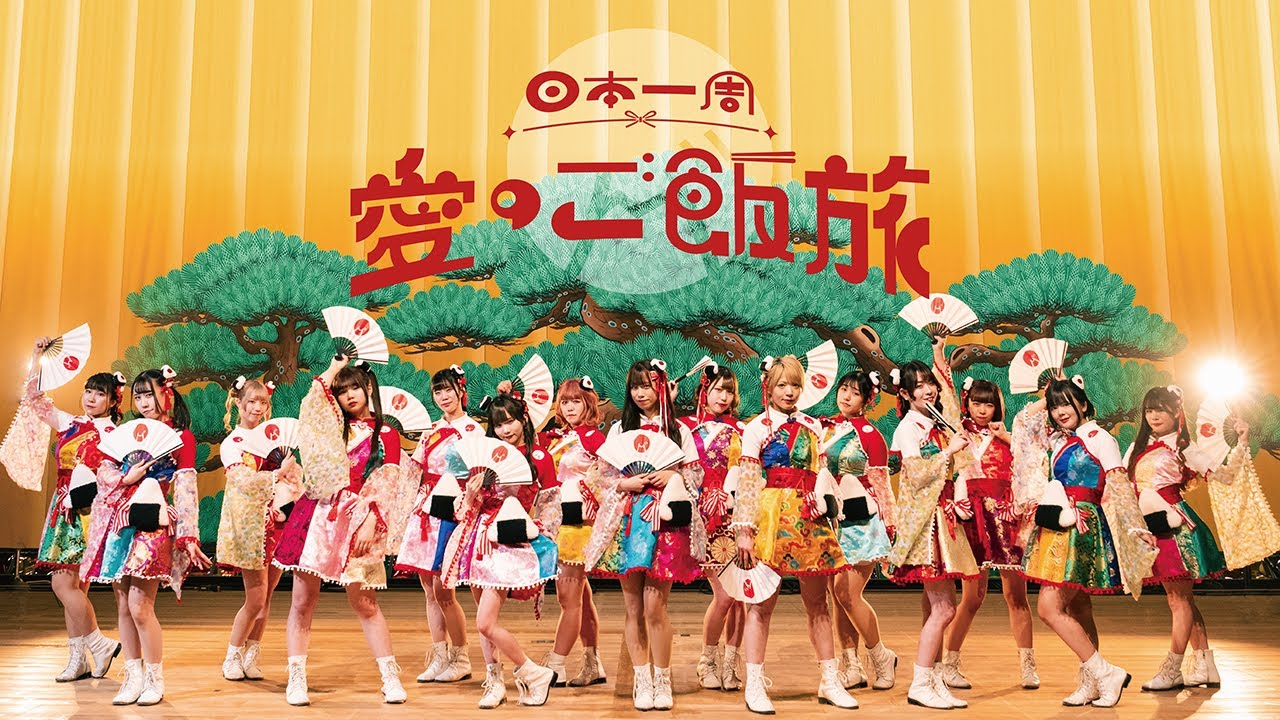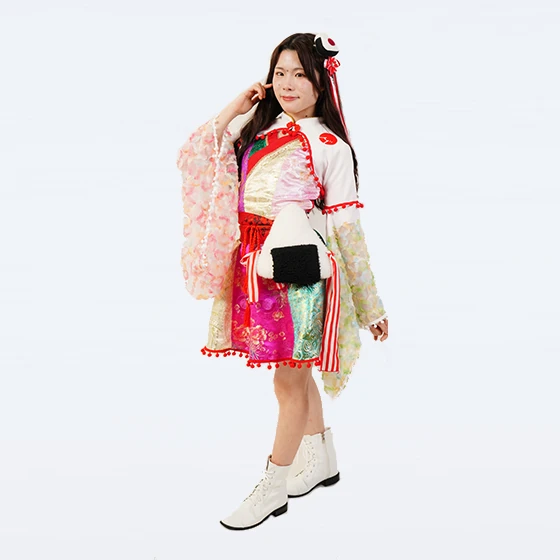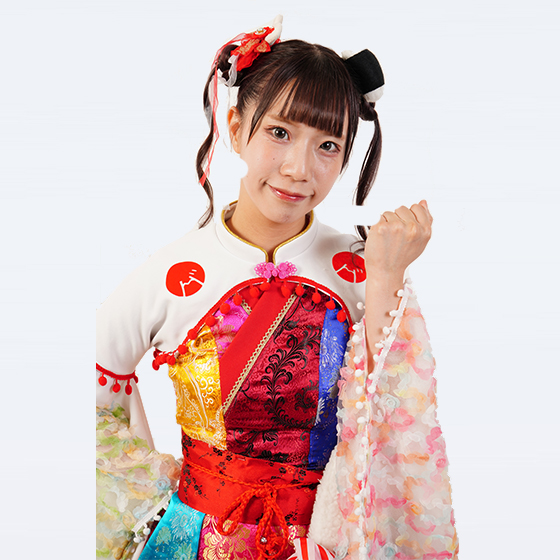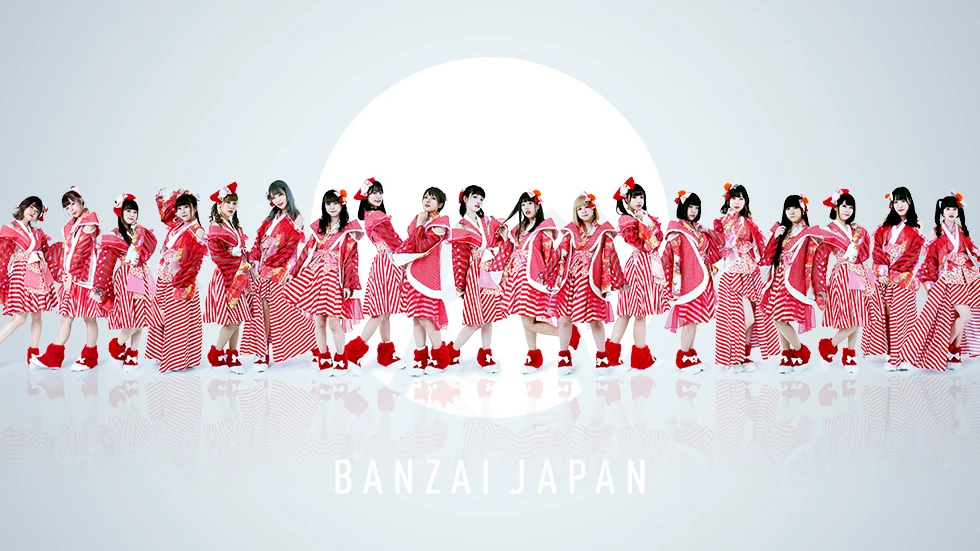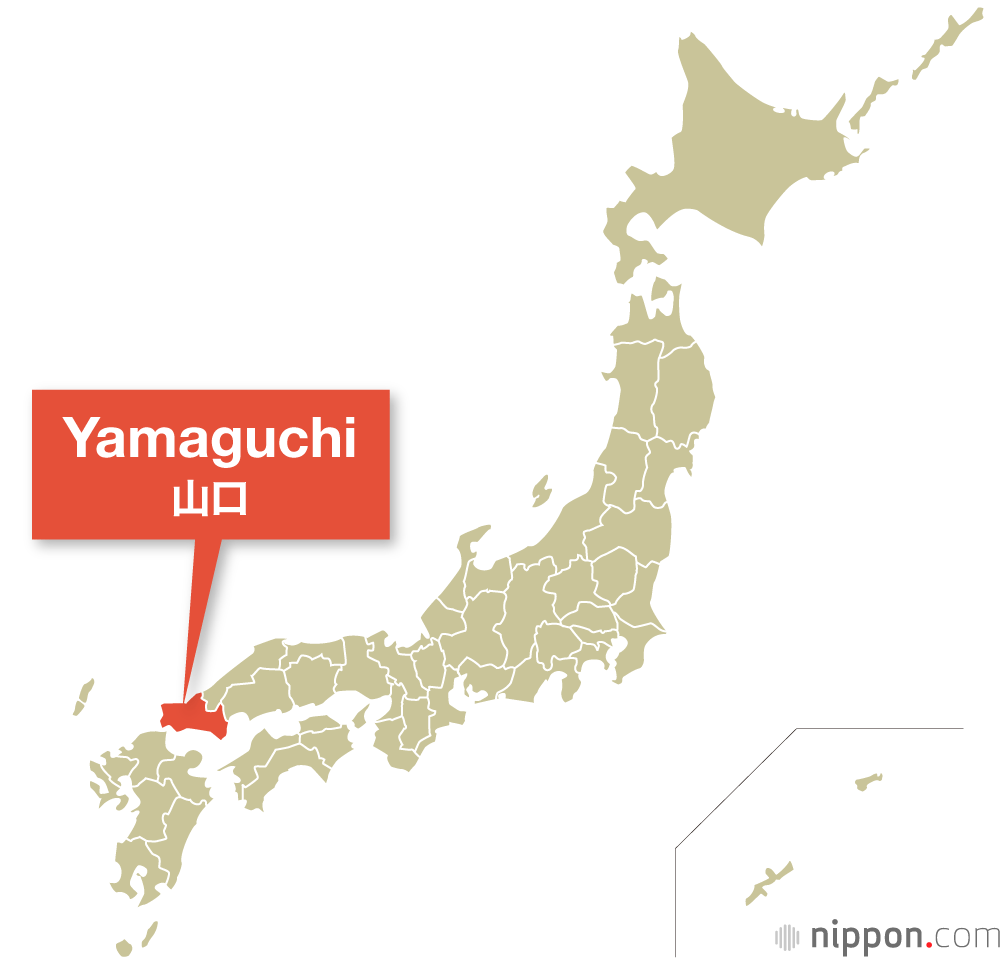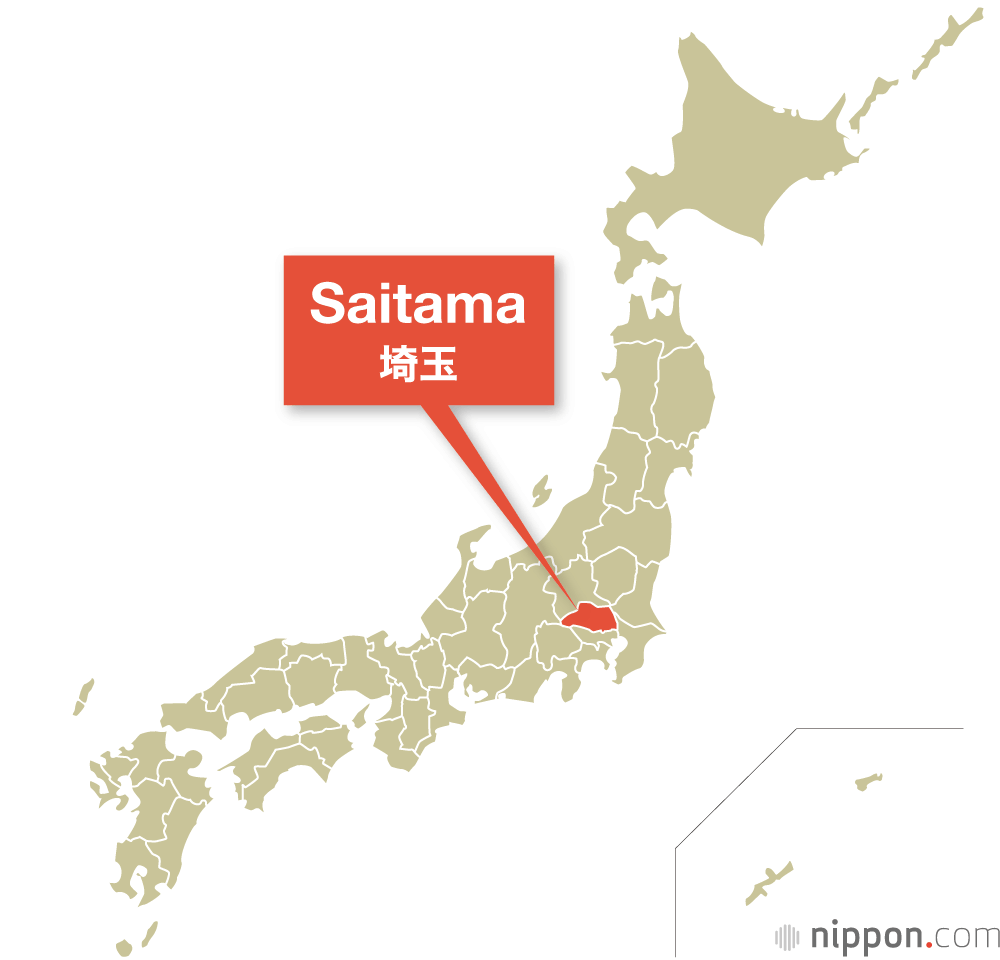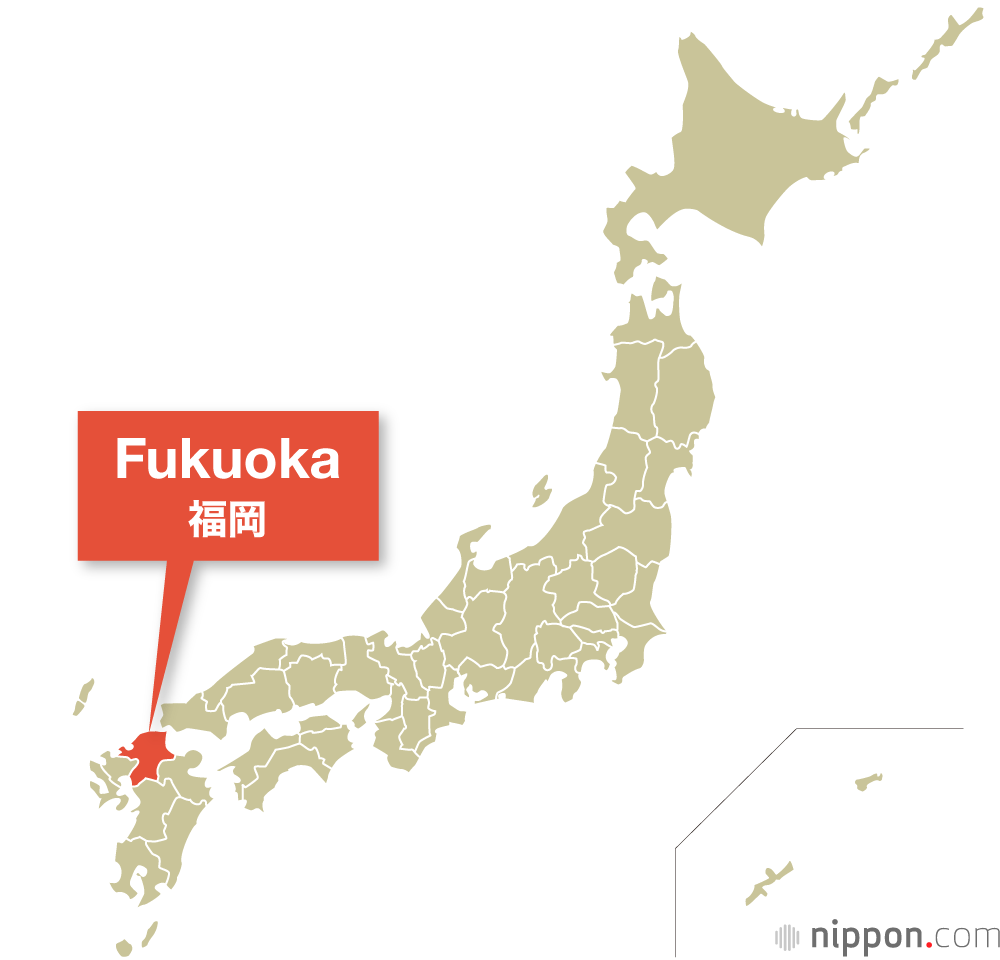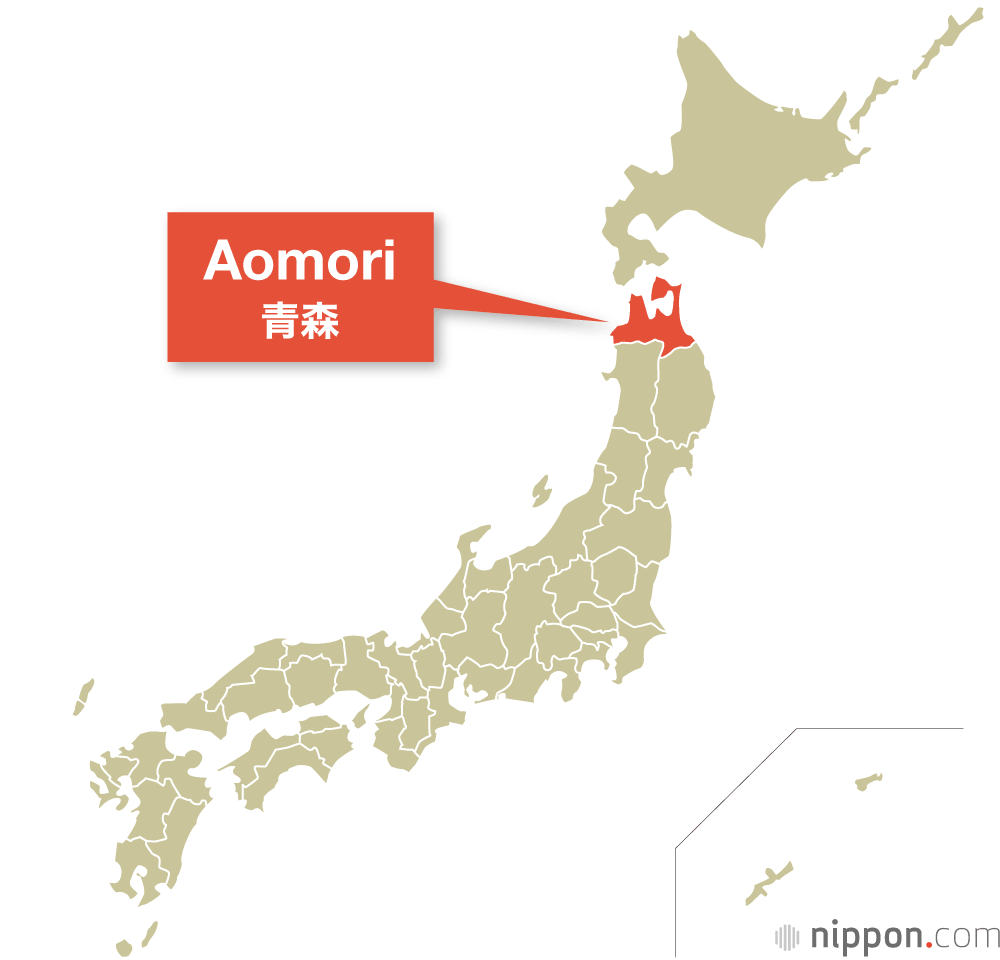Aomori Prefecture Banzai Japan Idol Group Visit there Website Aomori Prefecture lies at the northern tip of Honshū, Japan’s largest island. Famed for its apples, its seafood, and its natural beauty, this remote part of the country is rich in wild landscapes to explore. Aomori Prefecture is the northernmost part of the Tōhoku region, located at the northern tip of Honshū. Its location ensures it cold winters with plenty of snow, but its coastlines on both the Sea of Japan and Pacific Ocean bring it plenty of climatic variety. Aomori’s apples are famed nationwide, and its fishing ports like Ōma are known for landing some of the most highly prized tuna on the Japanese market. Aomori Prefecture at a Glance Established in 1871 (formerly part of Mutsu province) Capital: Aomori Population: 1,238,000 (as of Oct. 2020) Area: 9,646 km2 Aomori’s largest city is the prefectural capital, also called Aomori, followed by Hachinohe and Hirosaki. Even the capital only has some 280,000 residents, though, and the prefecture as a whole is sparsely populated. Its two main peninsulas, the Tsugaru Peninsula to the west and the curved Shimokita Peninsula to the east, enclose Mutsu Bay. The southern portion of Aomori is mountainous, featuring peaks like the 1,625-meter Mount Iwaki that overlooks Hirosaki and the Hakkōda range, and the picturesque Lake Towada, on the border with Akita Prefecture in the south center of Aomori. Aomori’s distance from Tokyo long made it difficult to access for business and other travel, but the 2002 extension of the Tōhoku Shinkansen line to Hachinohe, and the 2010 extension as far as Shin-Aomori in the capital, made it possible to journey from Tokyo to the city of Aomori in as little as 3 hours, 10 minutes. In 2016, a further Shinkansen extension connected Shin-Aomori with Shin-Hakodate-Hokuto station in Hokkaidō, traveling under the Tsugaru Strait via the Seikan Tunnel, the world’s longest tunnel beneath the sea. Aomori’s main industries are farming, fishing, and forestry. On a calorie basis it is the fourth highest in the nation in terms of food self-sufficiency, producing 123% of its needs as of fiscal 2019. It leads Japan in the production of apples, garlic, and gobō, or burdock root. From the sea, Aomori’s fishing fleet haul in some of the country’s most prized tuna each year, particularly at the northern port of Ōma; Aomori ranks near the top in Japan for tuna, akaika (flying squid), scallops, and konbu seaweed, among other marine products. Aomori’s wild nature attracts considerable numbers of tourists, who come to admire sights like the Shirakami-Sanchi, a wilderness region featuring an old-growth beech forest inscribed as a UNESCO natural World Heritage site in 1993, and the Oirase Gorge. Hirosaki Park in the city of Hirosaki is a renowned cherry-blossom-viewing destination, and the prefecture’s volcanic activity ensures a steady stream of tourists enjoying hot springs like Furōfushi Onsen and Sukayu, as well as the fearsome landscapes of Osorezan, a “sacred spot” viewed as an ideal place to commune with the dead. In the city of Aomori, meanwhile, the annual Nebuta Matsuri is a major event on the festival calendar, attracting well over a million viewers in peak years. Famous Figures Dazai Osamu (1909–48): Writer. Born Tsushima Shūji, during his short and turbulent life he dabbled with communism in the prewar years while he honed his craft writing autobiographical novels and short stories. Following the war he reached the height of his career with celebrated works like Shayō (trans. The Setting Sun) and Ningen shikkaku (trans. No Longer Human). Drowned himself in west Tokyo along with a lover in 1948. Yano Akiko (1955–): Musician. Although born in Tokyo (as Suzuki Akiko), she grew up in Aomori before launching her music career with the 1976 album Japanese Girl. Went on to collaborate and tour with bands like Yellow Magic Orchestra, in addition to recording tracks and providing voice work for Studio Ghibli shorts and full-length films. https://www.youtube.com/watch?v=VfelvCnfmdQ
